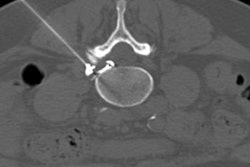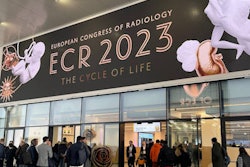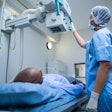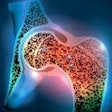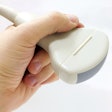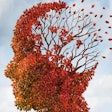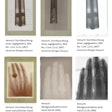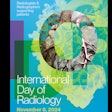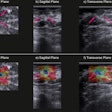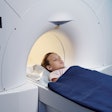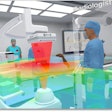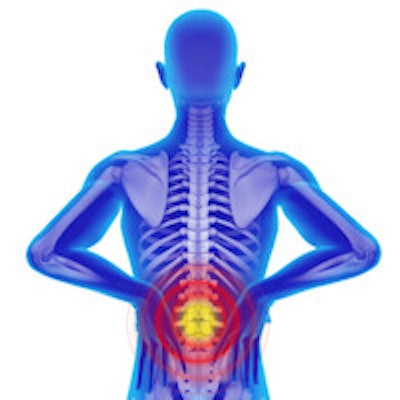
Half of working radiographers in Ireland reported experiencing low back pain, with an alarming nine percent being hospitalized and a third consulting a healthcare provider, according to the results of a survey.
A group led by diagnostic radiographer Ben Fallon of University College Cork further found that 25% of radiographers reported reduced work activity and 43% reduced leisure activities. The results support implementing interventions to help promote musculoskeletal health among radiographers, the group wrote.
"Discussion and further research on this subject would also benefit the wider radiography community outside Ireland, given the potential implications of work-related [low back pain] across the global community," Fallon and colleagues noted. The study was published on 10 February in the Journal of Medical Imaging and Radiation Sciences.
Low back pain is one of the top ten diseases and injuries contributing to disability-adjusted life years worldwide, according to estimates. It's defined as pain, muscle tension, or stiffness that occurs below the costal border and above the inferior gluteal folds, with or without the presence of sciatica.
With no studies investigating the prevalence of low back pain among radiographers in Ireland, the authors aimed to determine its prevalence. Participants were diagnostic radiographers who were currently or who had recently (within the past two years) been on the Irish state register. Over one month, they were invited to complete an online survey via Facebook and Twitter.
A total of 151 radiographers completed the questionnaire. Most respondents were female (86%), with a mean age of 39 (± 10) years for all respondents. Most respondents (82%) worked in public hospitals, and the other 27 (18%) worked privately. The mean number of years of clinical experience was 16 (± 10).
According to the analysis, 75 (50%) of respondents reported experiencing low back pain and 76 (50%) did not report experiencing any low back pain. During the previous year, 75% (n = 113) of respondents reported having experienced low back pain.
As a result of their low back pain, the authors reported the following among respondents:
- 9% (n = 13) reported being hospitalized
- 25% (n = 37) reported reducing work activity
- 43% (n = 65) reduced their leisure activities
- 37% (n = 56) have sought medical advice from a doctor, physiotherapist, or other healthcare professional
- 68% (n = 104) who have low back pain confirmed it was not a result of any extracurricular activities
In addition, 16% (n = 24) of respondents have changed or considered changing careers from radiography due to low back pain and a further 43% (n = 64) confirmed they know someone who has changed career due to low back pain.
"From the findings of this study, [low back pain] prevalence in radiographers in Ireland was found to be of a similar rate to radiographers and radiologic technologists working internationally," the researchers wrote.
Specifically, they mentioned studies among radiographers and radiologic technologists in the U.S., Canada, the Netherlands, and Italy, and noted that low back pain is a global problem due to the moving and handling risks associated with the role. As of July 2021, there were 2,682 radiographers in Ireland registered to work in the profession.
"Data from this study may help manage [low back pain] and monitor any interventions' effectiveness," Fallon and colleagues concluded.




